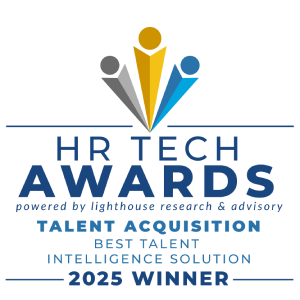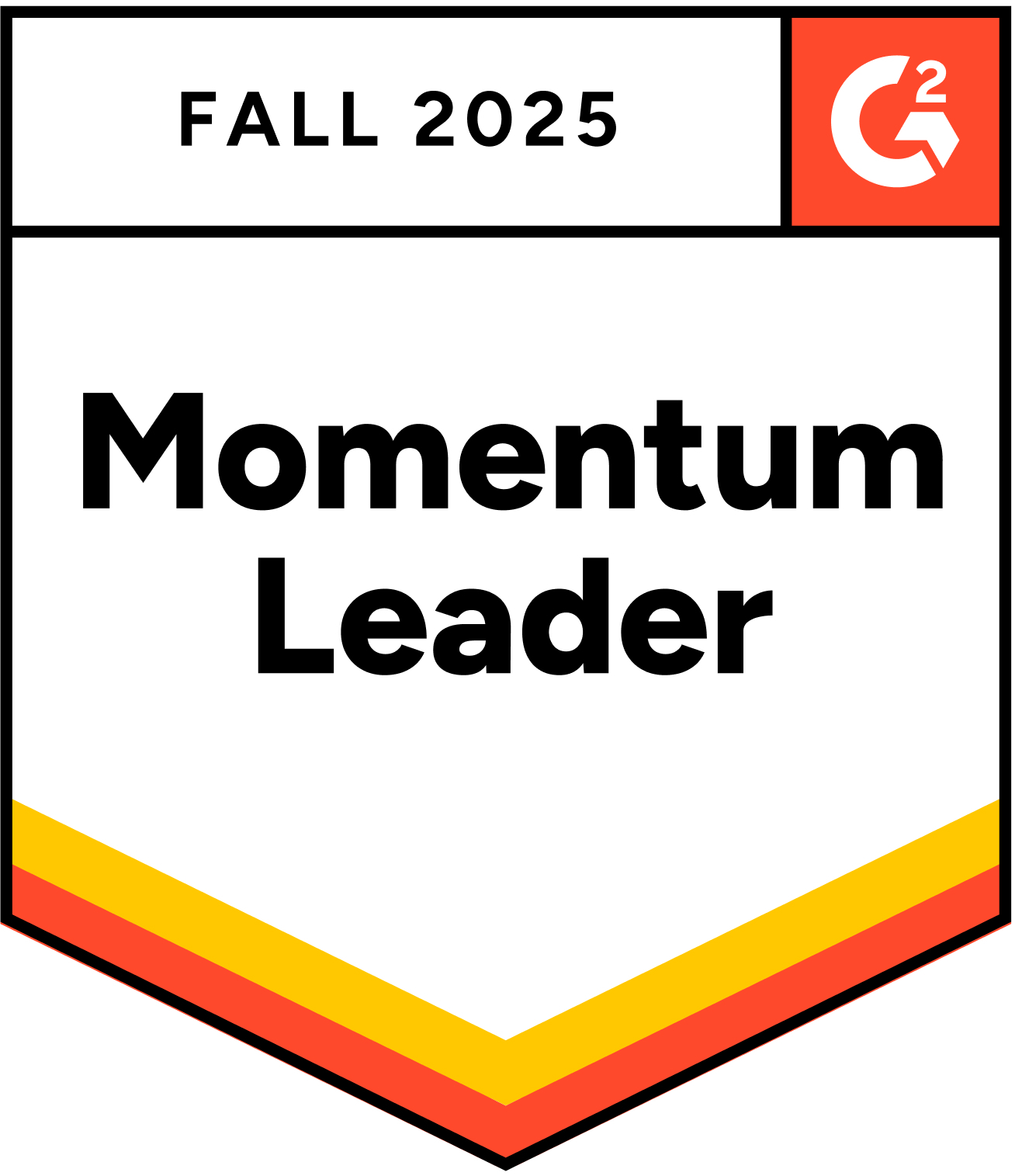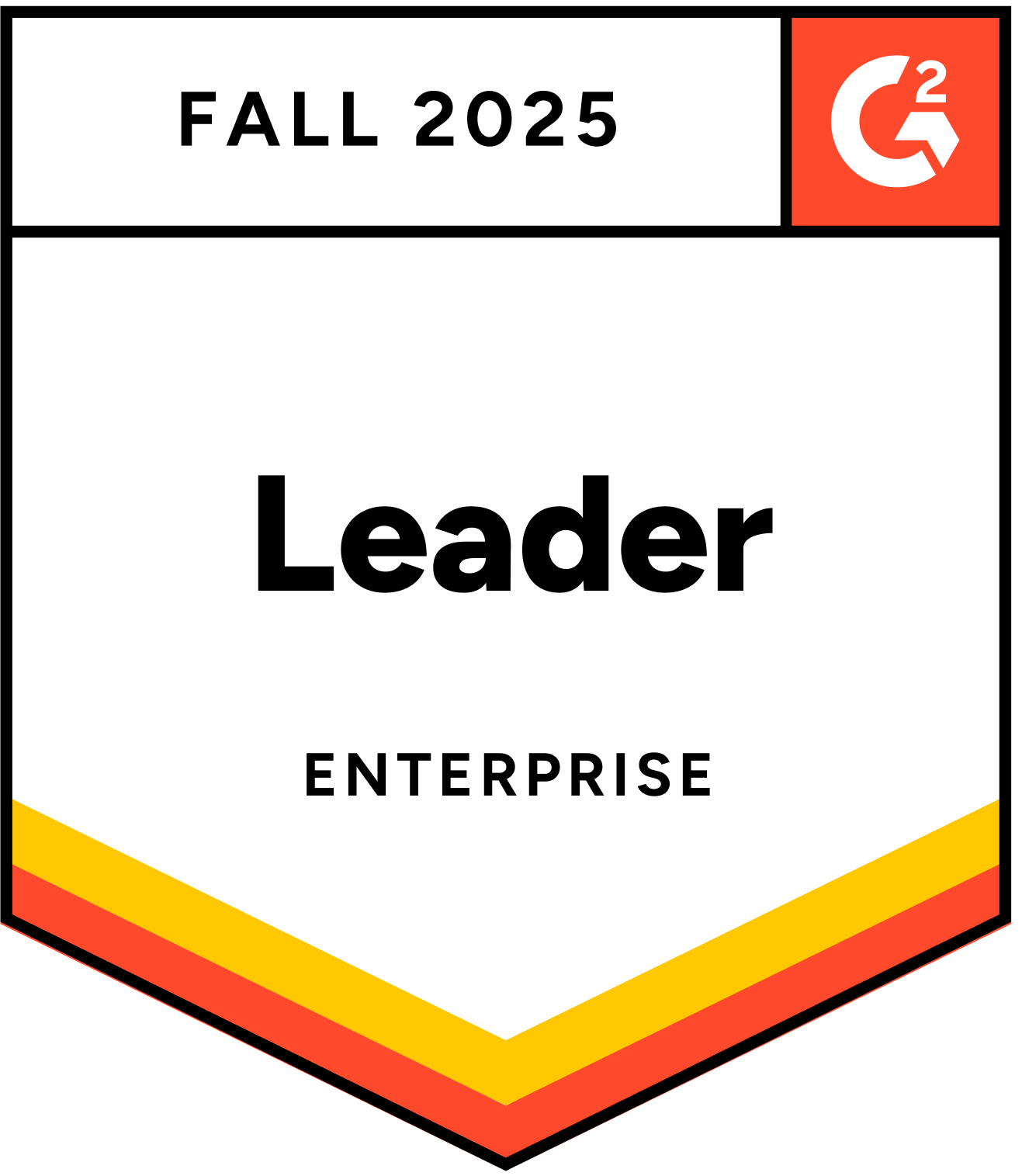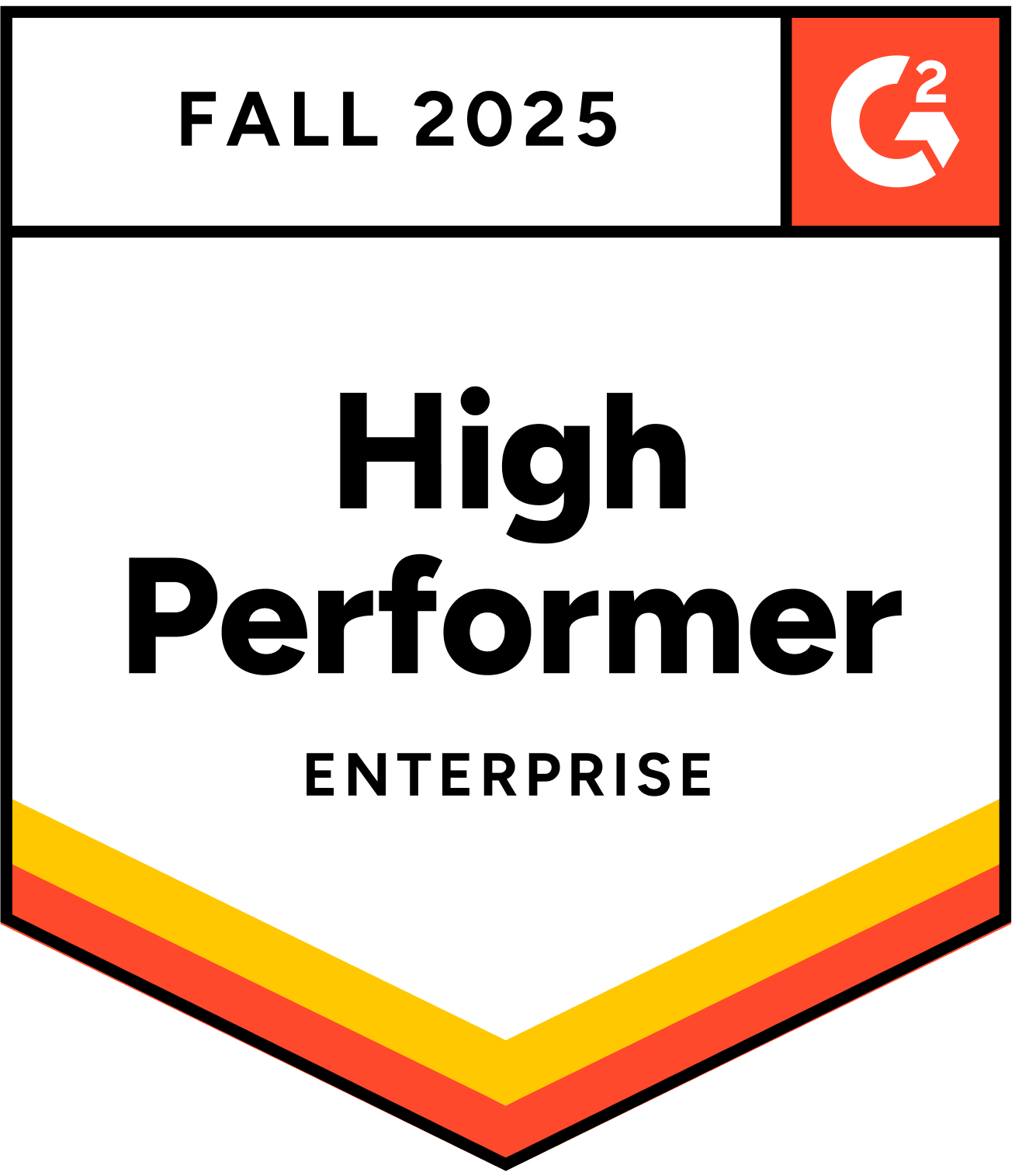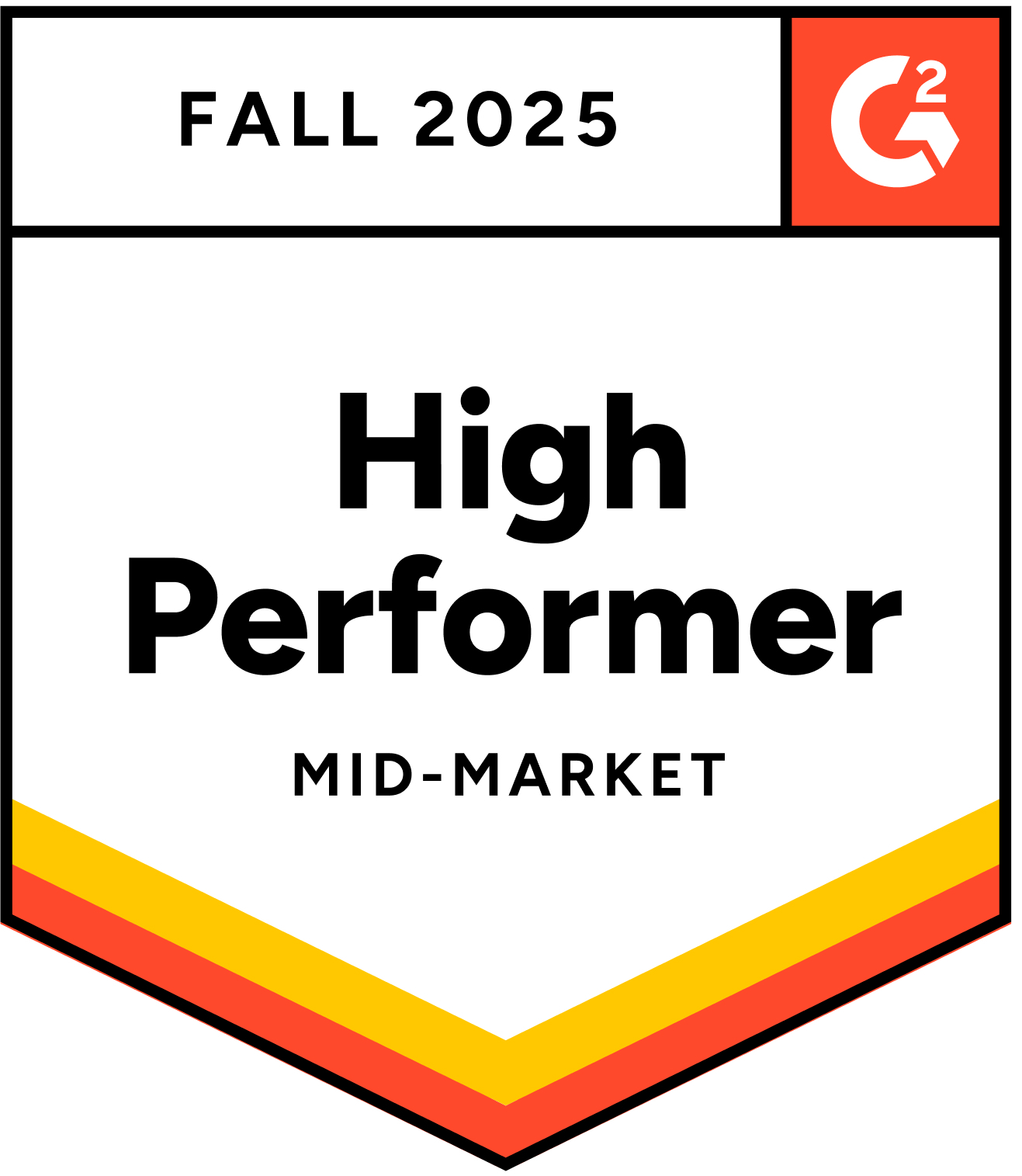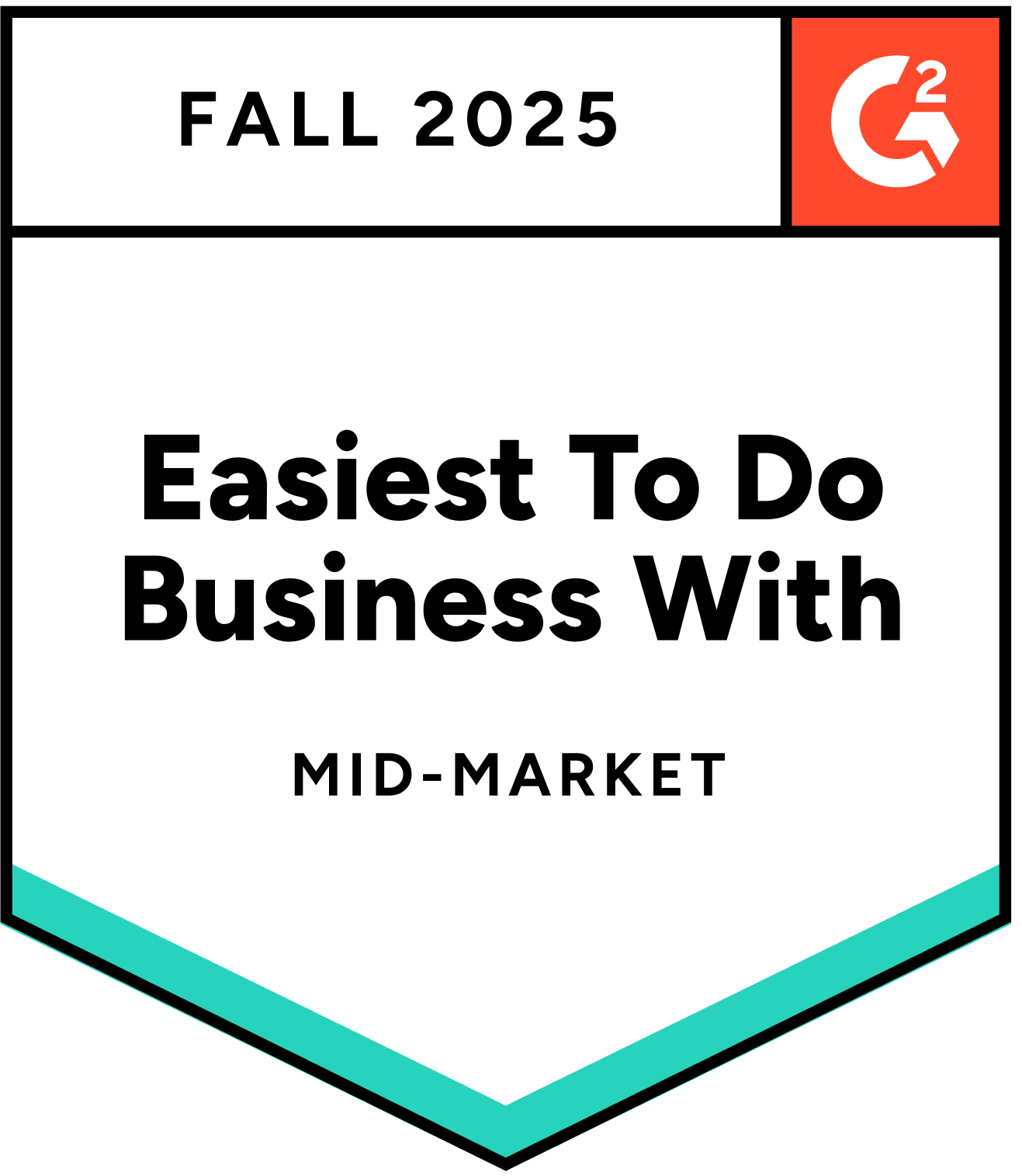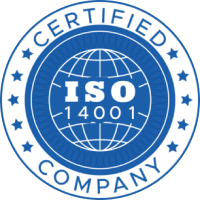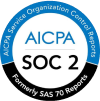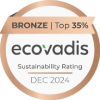Introduction
Welcome to Recruiting Realities! In this episode, Yazad Dalal, our Chief Growth Officer at Joveo, dives into the fascinating world of recruitment marketing data with our in-house labor market economist, David Garret. They unpack the latest US labor market trends, the nuanced cost-per-application metrics, and the role of emerging technologies like AI in optimizing recruitment campaigns. Whether you’re a talent acquisition leader or just curious about how data drives hiring strategies, this discussion offers insights you won’t want to miss.
Yazad Dalal: Hi everyone, I’m Yazad Dalal, Chief Growth Officer here at Joveo, and welcome to Recruiting Realities, a show where we bring to you the latest developments and insights in recruitment. Today, we’re going to talk to our own in-house labor market economist, David Garret, about recruitment marketing data, benchmarks across multiple major US occupational categories. Hello David!
David Garret: Hey Yaz, it’s great to be here. Thanks for having me.
Yazad Dalal: Thank you, David. Listen, the most recent US jobs report from the beginning of February said that the total non-farm payroll on employment rose by over 350,000 in January, and the unemployment rate continued to hold steady at 3.7%, which is still outrageously low historically. It also said that the majority of the job gains occurred in professional and business services, healthcare, retail trade, and social assistance. But of course, it doesn’t matter how strong the economic data is if we don’t feel it locally, and there seems to be some pretty cautious optimism in the economy. So I’m wondering, David, what’s your view on this?
David Garret: Part of the reason for the cautious optimism is that the projections for GDP growth for the years for 2024 have been pretty substantially increased. They were below a percentage point back in December, and now I think most places are forecasting around 2.2% for the year, which is a pretty large jump. A downside that we might see is that projected unemployment is going to increase too, from I think about 3.7% to 4.4% by early 2025. But at the same time, again, like most calls that a recession was likely in 2024, maybe early 2025, have kind of walked back their forecast, and most places are no longer forecasting a recession in 2024. So it’s kind of a, you know, a cautious optimistic position to be in where, you know, we’re looking like things are going to get better but also might see unemployment rise.
Yazad Dalal: That’s interesting. So mixed opinions on the different economic levers. And of course, at Joveo, we’re publishing interactive insights across all the major occupations in the US, and for those of you watching, you can check that out on our website, which is joveo.com/interactive-insights.
We made it really easy for you.
David, one of the most-read sections in the report is around costs per application. That’s the cost for an employer to acquire a job candidate across all of these job categories. And in the report, we see that for a lot of occupations, those costs are either flat or have even declined. I have lots of questions about that. What’s the best way to look at that, and how do we measure it? And maybe, maybe the first one is, if you’re a recruitment or a talent acquisition leader, what metrics should you be paying attention to?
David Garret: It’s funny, like, it’s always hard to give some general advice on this because each industry sort of has its own factors, right? Kind of like you said, there were pretty large gains in things like business professional services and healthcare. But I know that like oil and gas, and like mining, saw declines in the last BLS report. So, you know, within each industry, you really need to pay attention to seasonal trends and hiring trends within your own specific industry and job type. Or especially like, you know, if you’re hiring like healthcare, like nursing, I’m sorry, like registered nurses and like LPN and LVN might see different trends just based off of needs. It really just depends on which industry you’re in. So there’s really no one-size-fits-all answer.
Yazad Dalal: Totally agree with you. And so much of it is cyclical. Of course, we’ve got clients who are in the tax and auditing business, so they’re seasonal according to the tax cycles. And we’ve got clients who are doing major delivery operations, which means at Christmas time they’re hiring tens of thousands more people. So I think that makes a lot of sense.
My next question, David, is if you are a talent acquisition leader, recruiting or sourcing leader, what’s the best way to leverage the data that we’re getting from these kinds of reports to make more informed decisions about the different recruitment marketing campaigns that you’re running?
David Garret: Yeah, so as you kind of mentioned, you know, one of the things that’s most paid attention to is the cost per application. And with that also, you need to look at monthly job posting competition. You know, is it like, you know, with the trends and data, like a warehouse employer is going to see more competition across the industry leading up to, you know, Christmas area, December, January. You know, historical data rarely, if ever, will tell you exactly where you will be. It’s always a useful tool to look at historical trends to see where they might be or at least when, you know, you can expect to spend more. And then you can use that to sort of, you know, allocate your funds more appropriately. Also, pay attention to things like the geographic area you’re hiring in. Each state and city or, you know, metropolitan area will have a different performance.
Yazad Dalal: That makes sense. And then the other question I had, David, was in terms of measuring or governing the performance of, you know, some pretty big investments that companies make, how do organizations improve the way they measure their ROI, their return on investment for their recruitment marketing dollars?
David Garret: Yeah, I mean, I think a big part of it is just making sure you have a good handle on your data. If the data warehousing is a little bit unorganized, or if you’re not getting real-time data from a credible source, it can create some issues with things like forecasting or knowing where exactly you need to be putting your dollars to get the best return. You know, pay attention to your ability to compare candidate sources. You know, you want to be able to see which source is giving you the best, you know, the cost per application performance, but also cost per hire if you can, if you can get it. You know, is it a job board, search engine, an in-person event on a college campus, anything like that. You know, you want to use data instead of guesswork to sort of make those decisions because it’ll often lead to better outcomes. You want to, you know, tie your employer brand and content engagement to application conversions as much as you can.
Yazad Dalal: And I think that’s probably the ideal situation for so many employers, is how to make that strong connection between the investment that they make in building their employer brand, the investment they make in publishing relevant content, to actually driving applicants, which is the main goal. And to be able to prove that, I think, is something that every company would love to be able to do.
One of the questions we get the most frequently from our clients is, show me where you’re using AI, or show me, or teach me how I can leverage artificial intelligence to drive or optimize my recruitment marketing. Can you share with us, David, just a few ideas around best practices? How can emerging tech, emerging platforms, AI-based systems like at Joveo optimize recruitment marketing return on investment? What can we learn from?
David Garret: Yeah, I mean, there’s always a number of ways. Tech’s always evolving, right? You know, using a programmatic or AI led job advertising distribution network, sort of like what we use at Joveo, you know, you can optimize your jobs, your bids, your budgets across all job boards using a non-biased, non-rules-based AI program that will, you know, adjust things automatically for you while it optimizes for the lowest cost per application. Using things like generative AI has become a very popular buzz term, and, you know, I’m sure we’ve all seen it everywhere. But it does have a lot of promise in the ability to optimize content. You know, using it for job titles and descriptions, using it to remove bias, using it to improve the language being used, things like that to get better candidates in the door.
Also, one that I think is really important that a lot of people are not fully taking advantage of is leveraging their own candidate databases and engaging with them. You know, everybody has that experience of applying to a job and never hearing back. You know, improving that candidate engagement after they’ve already applied can really go a long way, both for your personal brand but also for getting the right candidates in the door. You know, matching jobs with the right candidates through a CRM is really important for that. Although a lot of people will apply through job boards, I know plenty of people who will find a job on a job board and then go to the main website anyways, just check out the company. You know, you want to research the company, see who you’re applying to, see if it’s a good fit. And having a really well-put-together, easy-to-use career site that can deliver sort of personalized job recommendations for a person applying based on their skills and experience can really go a long way.
Yazad Dalal: I think that’s awesome. David, first of all, thank you very much for sharing all of your insights with us today. And for everyone watching or listening, thank you for joining us on Recruiting Realities. I’m Yazad Dalal with Joveo, and please visit us at joveo.com.
Conclusion
That’s a wrap on this episode of Recruiting Realities! From leveraging recruitment data to tapping into the transformative power of AI, Yaz and David shared actionable insights that can reshape how you approach talent acquisition. If you’re eager to explore more, check out our interactive insights reports. Thanks for joining us, and we’ll see you next time!

